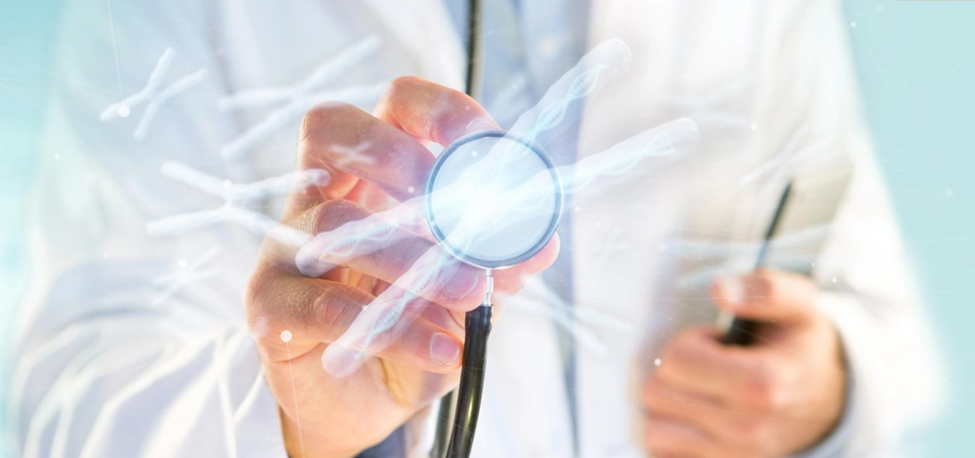The Evolution of Stethoscopes
Stethoscopes play a significant role in the healthcare industry, and these medical tools have been around for a long time. Not only are stethoscopes used in modern healthcare, but they have also been a critical tool for doctors for many years.
In this article, we are taking a look at the way stethoscopes have evolved over time. This history provides an interesting peek into how medical technology has improved over the years.
The First Stethoscope was Invented in the Early 19th Century
According to historical records, the first stethoscope was invented in 1816 by Rene Laennec. This French physician rolled up a paper tube so that he could listen closer to a patient’s heartbeat. The invention offered a less-invasive method for patient examinations, especially for women with modesty concerns.
These early stethoscopes were quite basic. They were simply tube-like tools that were held to the patient’s heart, with the doctor’s ear pressed to the other side.
1850’s: Creation of the Binaural Stethoscope
The next notable advancement in the history of stethoscopes came in the 1850s when George Cammann developed a binaural design. He was an American physician who wanted to improve the accuracy and clarity of sound through the stethoscope. This design made it possible to listen with both ears at the same time.
The stethoscopes were designed with brass earpieces and rubber tubing. These materials were less flexible and not as comfortable compared to the modern stethoscopes that we use today.
20th Century: Better Acoustics and Design
During the 20th century, the design and acoustics of the stethoscope continued to improve. Tubing materials became more flexible and the stethoscopes were designed with softer earpieces. As a result, doctors benefitted from improvements in both comfort and fit in the ears.
Additionally, a new feature became available: the ability for doctors to choose whether they wanted to listen to high-frequency or low-frequency sounds. They were able to switch back and forth between the frequencies.
During this time, stethoscopes became more lightweight and portable, making them more practical to use on a daily basis in clinics, offices, and hospitals.
Modern Technology: Electronic Stethoscopes
Now, modern stethoscopes have different electronic features that improve their use and accuracy even more. For example, technology can help with noise reduction and electronic amplification to improve the overall clarity of the sound. This can be particularly helpful in noisy environments.
Another benefit of modern technology is that these stethoscopes can record and store the sounds that are captured. Plus, there are often integration options using Bluetooth and apps, allowing for real-time analysis of the heartbeat.
It’s incredible to see all of the advances in technology over the years. There’s no doubt that technology will continue to improve the performance and quality of stethoscopes in the future.
– Written by Becki

